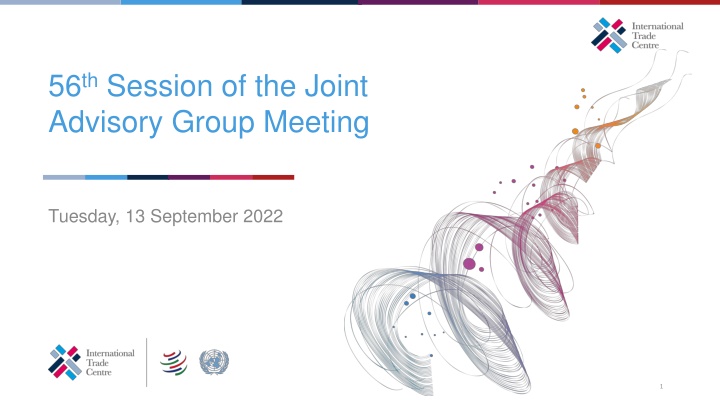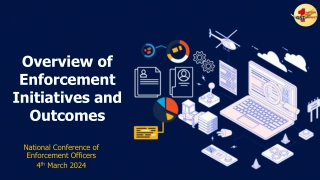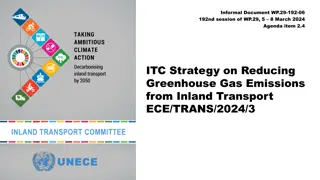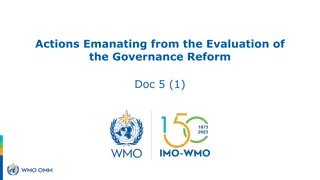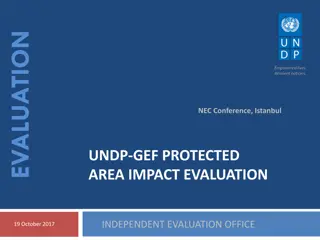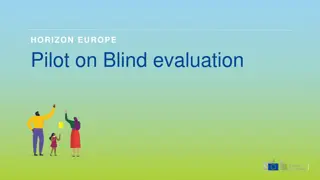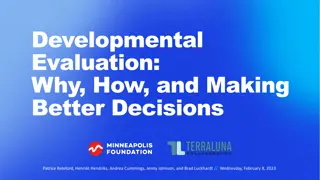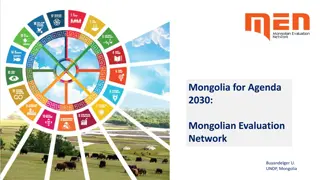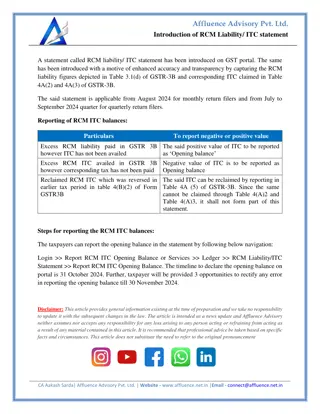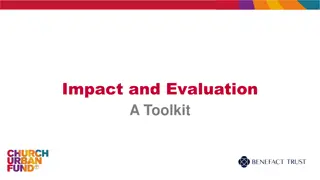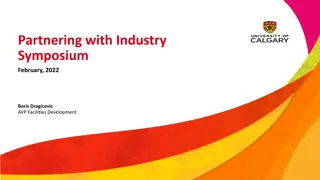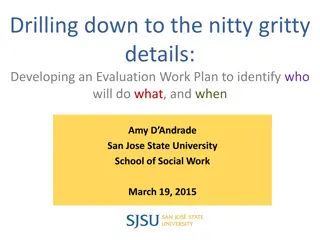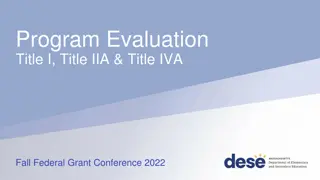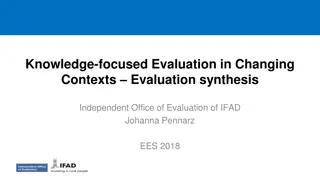Evaluation and Impact Analysis of ITC Projects 2022
Presenting the evaluation synthesis report of the 56th Session of the Joint Advisory Group Meeting, focusing on the objectives, methodologies, relevance, coherence, effectiveness, efficiency, impact, and sustainability of ITC projects. The report discusses challenges, successes, and areas for improvement in aligning with Strategic Plans and achieving project outcomes. It also delves into environmental aspects within the ITC portfolio and highlights the positive impacts generated in projects, along with efforts towards measuring impact and ensuring sustainability.
Download Presentation

Please find below an Image/Link to download the presentation.
The content on the website is provided AS IS for your information and personal use only. It may not be sold, licensed, or shared on other websites without obtaining consent from the author.If you encounter any issues during the download, it is possible that the publisher has removed the file from their server.
You are allowed to download the files provided on this website for personal or commercial use, subject to the condition that they are used lawfully. All files are the property of their respective owners.
The content on the website is provided AS IS for your information and personal use only. It may not be sold, licensed, or shared on other websites without obtaining consent from the author.
E N D
Presentation Transcript
56th Session of the Joint Advisory Group Meeting Tuesday, 13 September 2022 1
Presentation of ITC Evaluation: Annual Evaluation Synthesis Report Mr. Miguel Jim nez Pont Head, Independent Evaluation Unit International Trade Centre 2
Objectives and methodological approach Main aim Learning from 2020 and 2021 evaluation reports and reviews Assessing performance on Strategic Plan 2022-2025 commitments Methodological framework developed to incorporate the main dimensions of the Strategic Plan into the AESR Preparing the ground for the mid-term evaluation 3
Relevance & coherence Generally high relevance Ability to align and continuously adapt to beneficiaries context Appropriate consideration of gender issues Green aspect often not proactively pursued Higher performance in internal coherence than in external coherence Evidence for successful in-house cooperation Partnerships within UN varied in strength Challenges reported in harnessing synergies with co- implementing agencies 4
Effectiveness & efficiency Effectiveness assessed very positively in six out of 16 cases External factors (e.g. political instability, institutional rivalries, COVID-19) were main impediments Managing for results critical for efficiency Projects meet current ITC reporting standards and those set by funders But still room for strengthening management for results Evidence of progress in reporting on Value for Money 5
Impact & sustainability Positive impact generation in most projects Measuring impact still challenging, but promising attempts exist Varying degrees of sustainability achieved Challenges sometimes observed in ability to integrate project results into partner structures Autonomy of beneficiaries decision-making identified as an enabling element 6
Environmental aspects within the ITC portfolio Conclusion: Recommendation: Ensure environmental mainstreaming is considered more consistently in each ITC project, and environmental objectives are expressed explicitly in a larger number of projects Evaluated projects do not (yet / fully) reflect the strong focus that the Strategic Plan puts on environmental issues 7
ITC comparative advantage Conclusion: Various forms of comparative advantage identified: Provision of data solutions Support to BSOs National Export Strategies Working with the private sector in general All are in line with ITC s core business model Recommendation: Set of evaluated projects confirm ITC s overall orientation no recommendation 8
ITC organizational strengths Conclusion: Evidence of the organizational strengths expertise and agility Close alignment with beneficiaries needs through needs assessments But: there are indications that needs assessment tools are not always optimally designed or used Recommendation: Strengthen beneficiary needs assessment toolbox Provide corporate guidance for how to conduct specific needs assessments for project design, and general needs assessments 9
Collaboration and cooperation Recommendation: Optimize collaboration with co- implementing agencies in multi- partner projects Plan for a systematic regular exchange with co-implementing agencies and for increased collaboration to stimulate a better use of synergies Conclusion: Ample evidence found for successful in-house collaboration Scope for further systematic intensification of cooperation within the UN family and with co-implementing agencies 10
Results-based management Recommendation: Continue efforts to strengthen RBM tools. Take a pragmatic and flexible approach suited to different types of projects, while ensuring they all follow a common set of client-focused and purpose-driven RBM principles Conclusion: Two RBM related recommendations from the 2020 AESR were integrated into the Strategic Plan. This AESR confirms their relevance New RBM reports provide options for enhancing RBM 11
Assessing value for money Recommendation: Conduct an assessment of current VfM practices in ITC projects, draw lessons learned and use this knowledge to provide more structured guidance for future projects on the use of VfM techniques and M&E disciplines Conclusion: Promising developments in measuring efficiency in terms of VfM Challenges remain, e.g. when quantifying benefits of policy reform 12
AESR 2022 Overall picture On good track Projects well aligned with most Strategic Plan commitments But some elements require more attention Some developmental commitments less pursued than others Some project management disciplines on progress but not fully operationalized or fully mainstreamed Engagement with, empowerment of, partners sometimes too light 13
